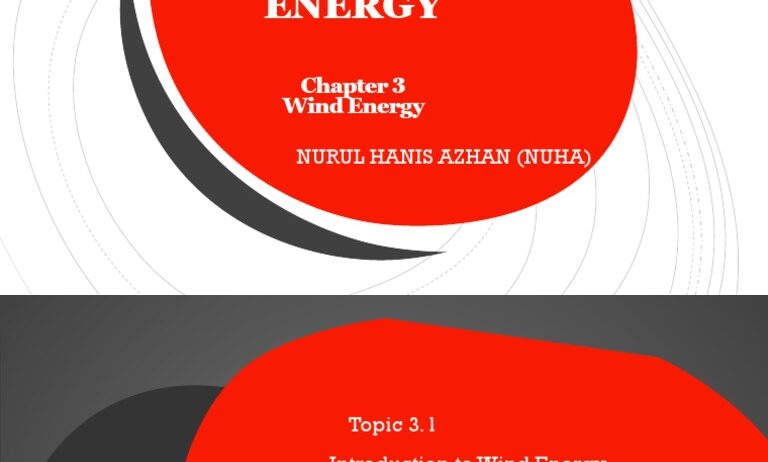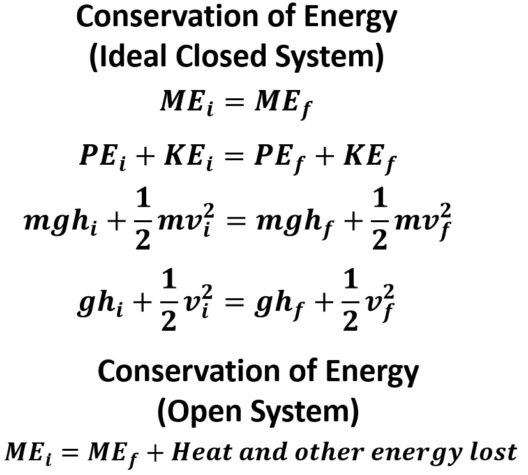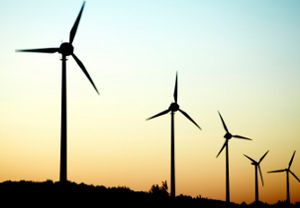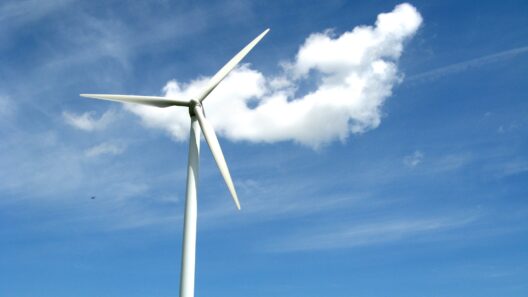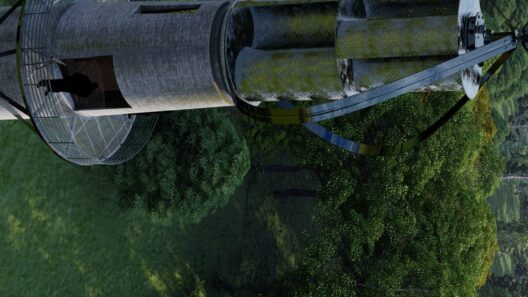In the modern zeitgeist of renewable energy, wind turbines stand as colossal sentinels of sustainability. These towering structures resemble graceful dancers in the landscape, harnessing the invisible power of the wind to produce electricity. Understanding the mechanics behind this energy generation not only enlightens our awareness of renewable resources but also underscores the ingenuity of human engineering.
To appreciate the essence of wind power generation, one must first grasp the fundamental principles that govern the operation of a wind turbine. This essay elucidates the intricate processes that enable these majestic machines to convert kinetic energy into electrical power, unveiling how they metamorphose gusts of wind into a reliable energy source.
Wind turbines are meticulously crafted to capture the wind’s energy, much like a sailboat captures the breeze. The energy harvested from the wind originates from solar radiation, which creates variations in atmospheric pressure. This phenomenon results in the movement of air masses, which we perceive as wind. When these air currents sweep past a wind turbine, they exert force upon the blades, initiating a process that culminates in energy generation.
Once the wind brushes against the turbine blades, the blades begin their magical dance. Typically, modern turbines are equipped with three aerodynamic blades, designed to maximize efficiency. The wind’s force creates lift, akin to the wings of a bird taking flight. As the blades rotate, they transmit a rotational force to the rotor. This is where the transformation from kinetic to mechanical energy begins, akin to the gear mechanism in an exquisite timepiece.
At this juncture, it is crucial to delve deeper into the workings of the rotor and its pivotal role in energy generation. The rotor connects to the shaft, which transforms the rotational motion into mechanical energy. This mechanical energy is then fed into a generator, positioned within the nacelle – the housing atop the tower that also contains other essential components for turbine operation. Here, the magic of electromagnetism unfolds.
Inside the generator, the mechanical energy induces an electrical current, which is subsequently transformed into alternating current (AC) suitable for the electricity grid. This conversion process mimics the transformation of raw materials in a factory into finished goods, with each component playing a crucial role in delivering the final product: usable electricity.
However, the journey of electricity from the wind turbine to the home involves several intermediary steps, akin to a river meandering toward the ocean. Once generated, the electricity must be transmitted through power lines to distribution centers, where it integrates with the broader energy network. This journey, while seamless, underscores the importance of robust infrastructure and management systems in efficiently delivering the wind-generated power to consumers.
There are several types of wind turbines, each boasting unique characteristics tailored for specific conditions. Onshore turbines, often seen dotting the hillsides and plains, operate in the natural wind channels of the earth, while offshore turbines take advantage of the robust and consistent winds over oceans—enhancing efficiency substantially. The choice between these installations likens to selecting the best venue for an orchestra: the environment greatly influences the performance.
Despite their elegance and prowess, wind turbines are not without challenges. Factors such as wind variability, environmental impact, and land use considerations play an essential role in wind power adoption. The unpredictable nature of wind can lead to fluctuations in energy output, raising questions about stability in power supply—much like a symphony that requires perfect timing to ensure harmony. However, advancements in battery storage technologies and grid management have started to mitigate these concerns, enabling wind energy to stand resilient as a pillar of renewable resources.
The environmental implications of wind energy are largely positive—a breath of fresh air when compared to fossil fuels. Wind power generation produces negligible greenhouse gas emissions during operation, presenting a stark contrast to conventional energy sources that contribute heavily to climate change. The ecological footprint of wind turbines can also be minimized through careful site selection and management practices, as advancements in technology have led to quieter, more visually pleasing designs.
Moreover, the phenomenon of community wind projects has emerged as a beacon of hope, where local stakeholders actively participate in harnessing wind energy. This approach fosters a sense of ownership and empowerment, allowing communities to catalyze their economic development while actively contributing to environmental preservation. Such projects exemplify the synergetic relationship between renewable energy and community resilience.
In conclusion, the journey of how wind turbines generate energy is as intricate as it is inspiring. These engineering marvels rely on the delicate interaction between nature and technology to produce clean, renewable energy. As the world grapples with the realities of climate change and the necessity for sustainable solutions, wind turbines symbolize not only innovation but also hope. They stand like guardians, poised to embrace the strength of our winds, transforming them into a legacy of resilience and renewal for generations to come.


